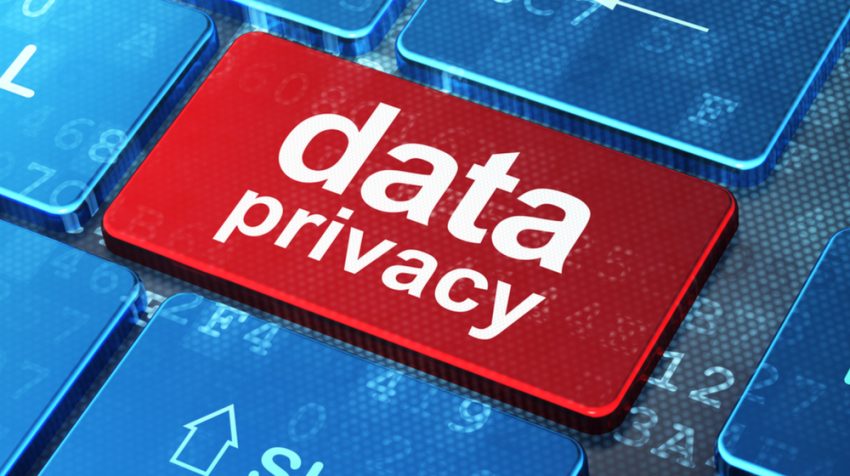The use of drones for various applications has been on the rise in recent years. From delivery services to aerial photography, drones have proven to be a valuable tool for a variety of industries. However, the increased prevalence of drones has also raised concerns about security and safety. In high-security locations such as airports, the possibility of rogue drones posing a threat to the safety of passengers and personnel has led to the development of counter-drone technologies. One such technology that has gained attention in recent years is the use of drones to take down other drones. See the video here:
The use of drones as a means of warfare has been a controversial topic for some time now. Military drones, also known as unmanned aerial vehicles, have been used by various countries for surveillance, intelligence gathering, and targeted airstrikes. While drones can provide an advantage in certain situations, their use has also raised ethical and legal issues, particularly with regard to civilian casualties.
The use of drones for warfare is not limited to military applications. Non-state actors have also been known to use drones for hostile purposes, such as smuggling drugs and weapons across borders or carrying out attacks. In some cases, these drones have been used to disrupt critical infrastructure, such as oil facilities and power plants. The use of drones as a means of warfare is likely to increase in the future, as the technology becomes more widespread and sophisticated. As such, the development of counter-drone technologies will become increasingly important in order to protect against these threats.


